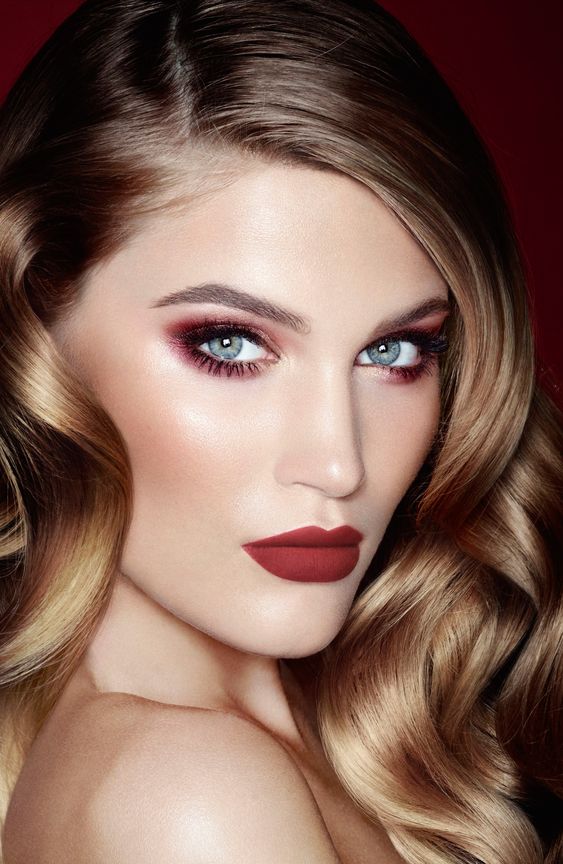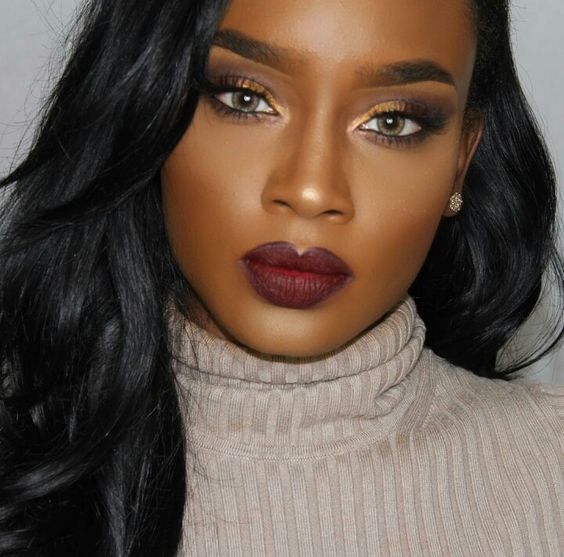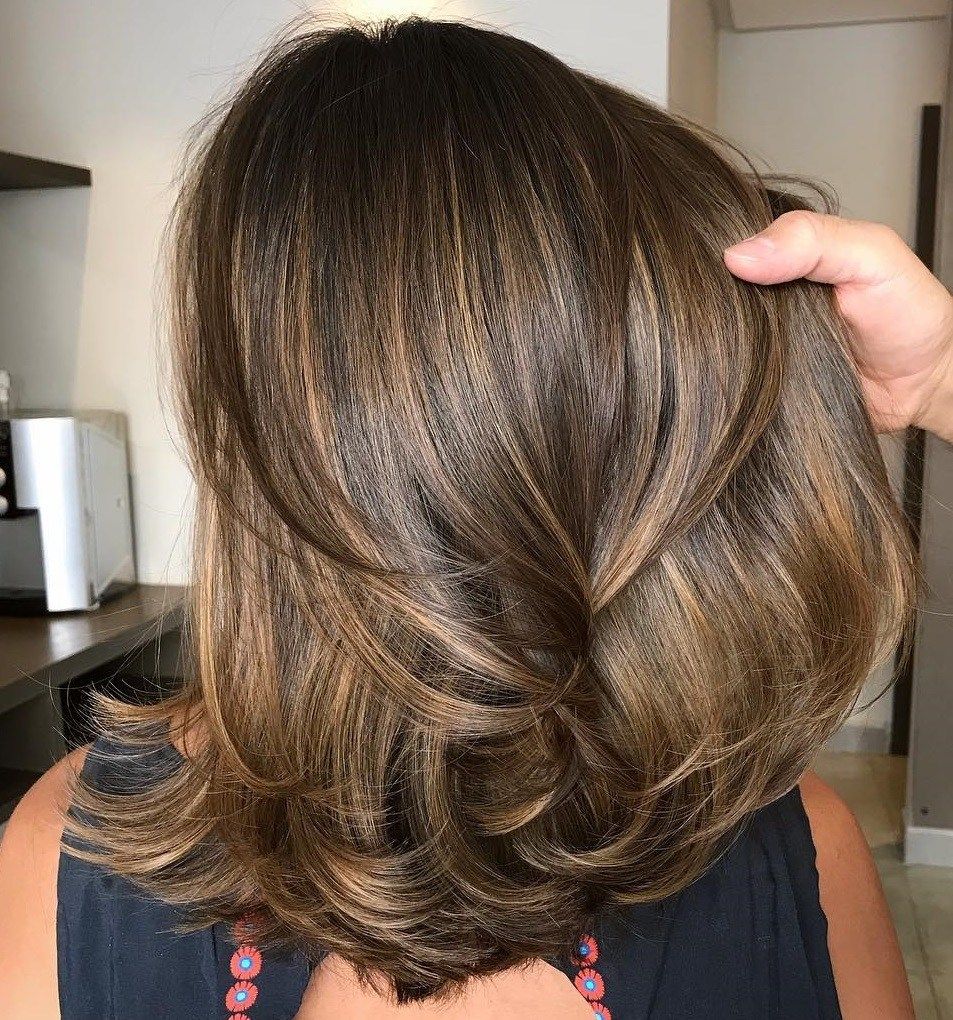Oil is a tried and true go-to for naturals. Using oil on the hair is believed to have many benefits like locking in moisture with the LOC method—which is when you apply your hair products in this order: leave-in conditioner, oil, and cream. I find that the LCO (leave-in conditioner, cream, oil) method works better for my curls, but we all know there is no one-size-fits-all formula in the world of natural hair.
Yet, if you’ve ever researched oils for natural hair, you may have come across conflicting information about whether or not oil is the best cure to treat dry hair and/or any other natural hair issues.
Some believe oil can cause build-up on the scalp and hair, making the scalp more irritated and keeping other moisture-rich ingredients from penetrating the hair shaft. Aside from conflicting points of view, there are a few different oils that people like to use on their curls, and olive oil is at the top of the list.
How Does Olive Oil Work For Natural Hair?
Well, for starters, Chambers-Harris says, “most of the commonly used multi-purpose oils (like avocado, coconut, and jojoba oil) don’t really do much to actually moisturize the hair.
Instead, they work as sealants to help lock in and retain moisture (which should really come in the form of water, and using water-based haircare products).”
This revelation may have you rethinking the current oil you’re using on your curls, but Chambers-Harris has some good news.
“Olive oil is one of the top emollients because not only is it packed with vitamins, antioxidants, and healthy fats, it makes for the perfect relief to a dry, itchy scalp.” She says that olive oil can also help fight bacterial infections while strengthening the hair, which makes it an ideal addition to a hair mask, deep conditioner, or as a hot oil treatment to boost hydration and soften your coils.
Groover agrees. “Olive oil is good for treating dry, tightly textured hair because it smooths the cuticles, [and] the sealing properties help trap in moisture.”
However, she warns that olive oil can be too heavy for “less dense, finer-textured hair,” so be careful of overusing it.
What Should I Look For in an Olive Oil-Based Product?
Before you run out and buy a new bottle of olive oil just for your hair, there are a couple of things you should look for in your latest haircare buy.
“I would recommend going for an organic, extra-virgin olive oil (EVOO) that’s unrefined and not treated with any chemicals or heat—it’s the highest-quality available, and much healthier for your hair,” advises Chambers-Harris. However, if you don’t have the time to mix up a DIY treatment, Groover recommends looking for olive oil-based products. “I really like the African Pride Olive Miracle Growth Oil,” she muses.
“[It’s] infused with a signature blend of olive and tea tree oils, [and] it is versatile in usage and good for all hair textures and types.”
No Matter the Oil, Don’t Forget to Clarify
If you decide to add olive oil to your weekly wash day rotation, Chambers-Harris says olive oil is a good choice, she adds, “unlike unnatural oil substances like petroleum or mineral oil that just sit on top of your scalp and cause all types of scalp problems.”
Now, even though olive oil doesn’t sit on the scalp cleansing to prevent buildup is a must, and keeping your hair type in mind is also helpful, says Groover. “Your hair’s texture, type, and condition are factors when determining how often you should be using olive oil.”
Both Groover and Chambers-Harris advise washing your hair once a week with a sulfate-free, clarifying shampoo to avoid build up on the follicles.
Give DIY a Try
On a wash day, when you have a little extra time or are in the mood to try a DIY remedy, there are some pairings that work well together, depending on your hair’s needs.
For example, Chambers-Harris recommends mixing olive oil and honey. “Honey is a humectant, so it helps to seal in the moisture for dry, dehydrated strands and can also help reduce split ends.”
She swears by this at-home recipe: “Add about three tablespoons of olive oil and one tablespoon of honey into a smooth mixture.
After shampooing, apply to damp, sectioned hair.
Cover with a plastic cap and let it sit for about 30 to 60 minutes, then rinse.”
She recommends incorporating this treatment once a week for optimal results.
All in all, olive oil is a budget-friendly, helpful addition to any hair routine.
Just keep in mind our experts’ advice, and incorporate olive oil with a “less is more” mentality to ensure you get the benefits without weighing down your curls.




